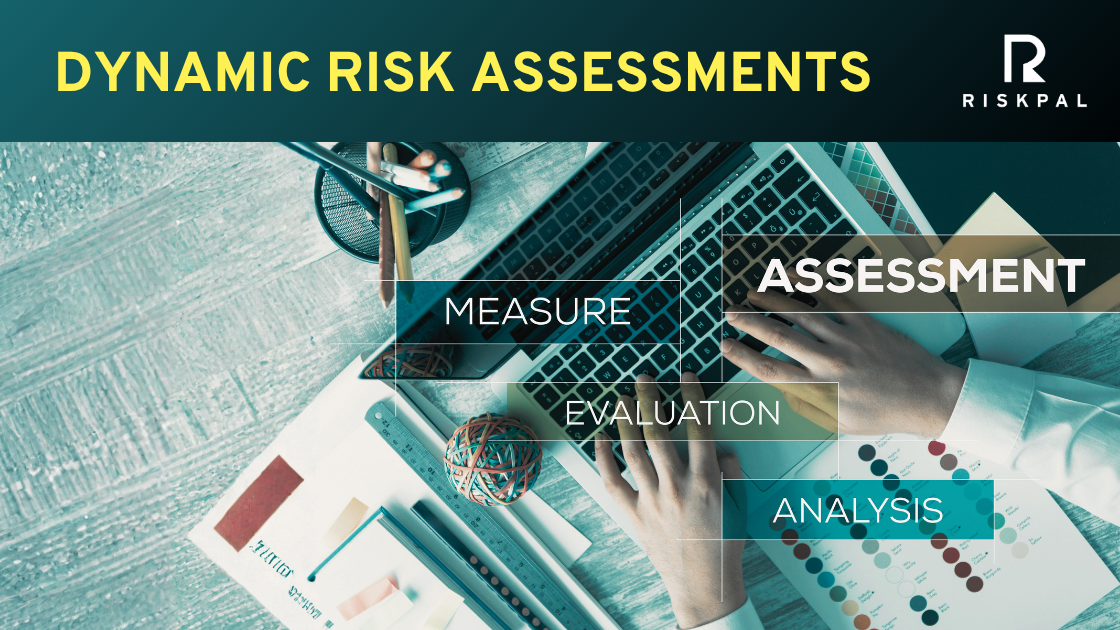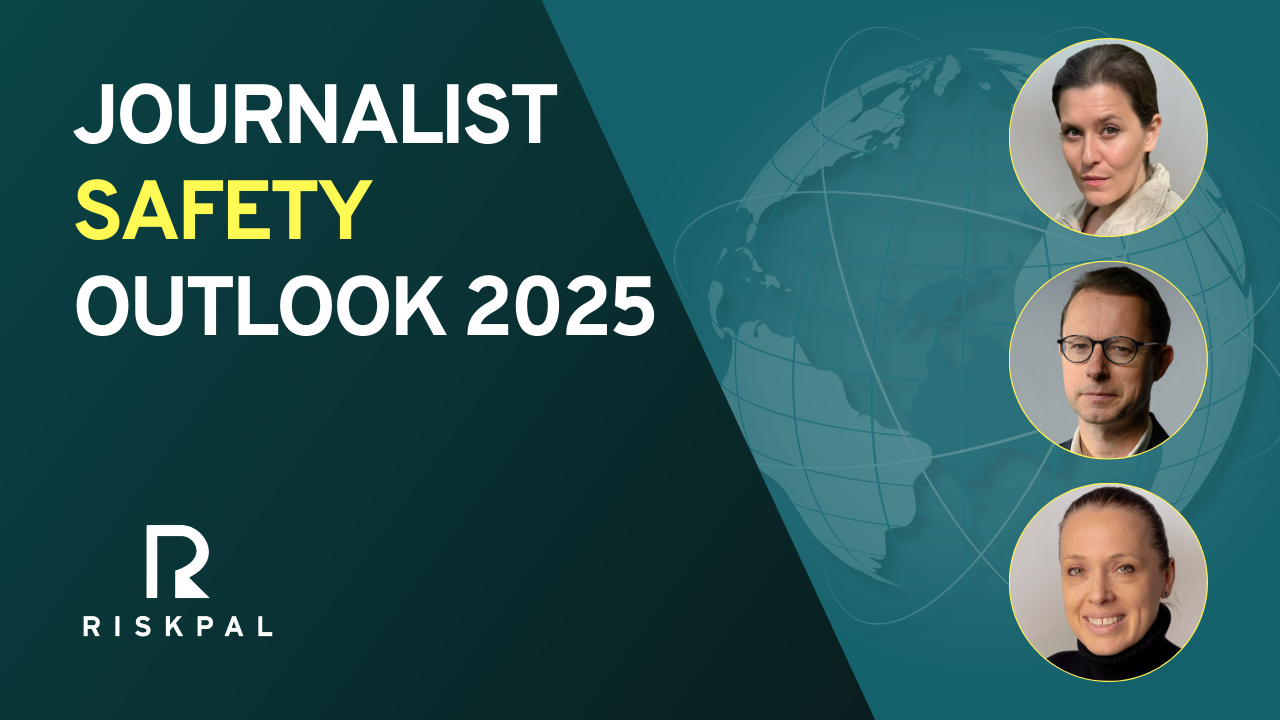Juggling Hot Potatoes: Crisis Management Planning in the Eye of a Storm
- More than three weeks into the Ukraine conflict, many organisations are continuing to navigate and react to the varied impacts of the war.
- In addition to the humanitarian and security crisis in the country, the impact of the conflict is being felt globally, with key commodity prices rising sharply.
- A protracted conflict in Ukraine could spur further crisis elsewhere, throwing up new challenges for business operations later in the year. While forecasting the potential consequences of the war is uncertain, ensuring crisis preparedness and planning operational resilience in your organisation is not. A failure to do so will ensure that your business remains in crisis management mode and is unprepared for other disruptions when they next occur.
Russia’s invasion of Ukraine has sparked crisis management teams into overdrive across many global businesses. Whether covering news from the front lines, relocating staff, adjusting supply chains or ensuring compliance with new sanctions, the impact for many businesses has been significant. Global market volatility has spiked, and many multinational businesses have closed their Russian operations.
At this time of crisis, it might seem impractical to evaluate what else could be on the horizon this year. Having just started to come out of a prolonged (and still ongoing) pandemic, many companies have awaited the much hyped “return of normality” before conducting strategic reviews of operational readiness for the year ahead, only to then be smacked with a war in Europe that has sent shockwaves through global markets. But what if this “normality” doesn’t exist? Busy with day-to-day operations and managing existing crises, how can we even think about the next crisis, you say? Cast yourself back to January 2020 and think about if you would have done anything differently to prepare for what was to come. Hindsight is of course a beautiful thing. Somewhat less glamorous but far more achievable, however, preparation and planning are the fundamentals of a resilient business in what is likely to be a tumultuous year ahead.
Food for Thought
You don’t need to predict the trajectory or likely duration of the current war to evaluate some of the scenarios that could affect your business in the months ahead. In the West, the rising cost of living is well documented but less so – and likely more grave – are the consequences of this conflict on wider commodity prices. Ukraine (the “breadbasket of Europe”) and Russia combined constitute 29% global wheat supply and prices have risen more than 40% since the Russian invasion, on top of already record high prices following two years of poor harvests and supply chain disruption.
Countries of the Middle East where bread constitutes a significant part of the calorific content of staple diets, and other major wheat importers like Nigeria, face an economic squeeze if prices continue to rise. Pressures on governments that subsidise bread, like Egypt and Turkey could face unrest if price rises are passed onto the consumer. Bread price increases were considered a key contributor to the Arab Spring; parts of Iraq already witnessed protests last week over the rising cost of living, including food prices.
It’s not just wheat. Ukraine is leading global producer of sunflower oil while Russia and Belarus produce some 40% of global potash supply, a key nutrient used in fertiliser. Agricultural producers have already warned of the consequences of reduced fertiliser availability on crop yields. The conflict and sanctions are disrupting port operations and trade and will push Russia to introduce retaliatory trade measures, with subsequent impacts on global markets.
Food price inflation will be a feature of, at least, the first half of the year. Sustained price rises and reduced yields will be felt globally, perhaps worst of all in countries heavily reliant on food aid such as Syria, Afghanistan, Somalia, Ethiopia and Yemen. A poor harvest later this year will only amplify the situation.
Business Resilience
Amid the current unease and with Covid-related disruption stretching resources, could your organisation manage another unforeseen crisis or threat to business continuity? Testing business continuity plans and assessing the impact of another crisis on your operations cannot be ignored given the potential paralysis this could cause.
Are your business operations or supply chains resilient to the aforementioned potential for unrest around food prices or elections later this year in the likes of Kenya, France, Colombia or the US? Have you tested business continuity in the face of a flood or other environmental event with staff split between offices and home? Could you continue to manage any existing operations and security in Ukraine while simultaneously facing a ransomware attack on your business?
These may seem like doomsday scenarios and we certainly hope none of the above unfolds for your business. But we have seen how the pandemic, followed by the Ukraine crisis has tested organisational capacity and management, absorbing key management time into day-to-day tasks that are not meant for the C-Suite. Having an honest evaluation of your business constraints, vulnerabilities and plans are what will make you resilient when the next crisis comes, hopefully not too soon.
The WhatsApp War – Avoiding Burnout
Another key consideration is staff welfare and minimising burnout. Being aware of the physical and mental toll that the conflict can take on staff is paramount, especially the longer this conflict goes on. As well as the trauma and exhaustion facing those living through the war, the constant news cycle and powerful footage being brought to our screens 24/7 can also take its toll on those at a safer geographic distance.
Instant communications via messaging platforms like WhatsApp and Telegram have provided both a blessing and a curse for organisations managing operations in affected areas; while enabling easy check-ins and information sharing with those on the front lines, they can also distract from key tasks at hand, create false expectations of 24/7 responsiveness and make it harder for staff managing operations to switch off. Senior members included on a WhatsApp group get pulled into granular operation management, feeling obliged to take the lead. This can disempower those responsible for day-to-day tasks.
Factoring communications, team responsibilities and capacity for staff rotation during ongoing crises are key components of a crisis management plan.
A Few Quick Tips
- Check crisis management teams and plans are up-to-date; many organisations have seen a turnover of staff or shift in operations during the pandemic and have not updated their plans and roles accordingly.
- Stress test your plans. You don’t need to fathom every possible scenario but consider a few situations that would test the business and identify what you would need to maintain operations or respond. Are the plans in place a) known to staff b) fit for purpose? You might not know until they have been tested. A key mistake in managing a crisis is abandoning agreed principles and practices and over communicating, leading to inefficiency or unclear delineation of tasks and decision-making responsibilities.
- Evaluate operational resilience and capacity gaps. For example, could you get staff to, or out of, simultaneous crises around the world? Have management had any crisis management training? Can your third-party providers (risk, IT, insurance etc) stand up in face of increased demand?
Related RiskPal Articles:
Contact Us to find out more.



